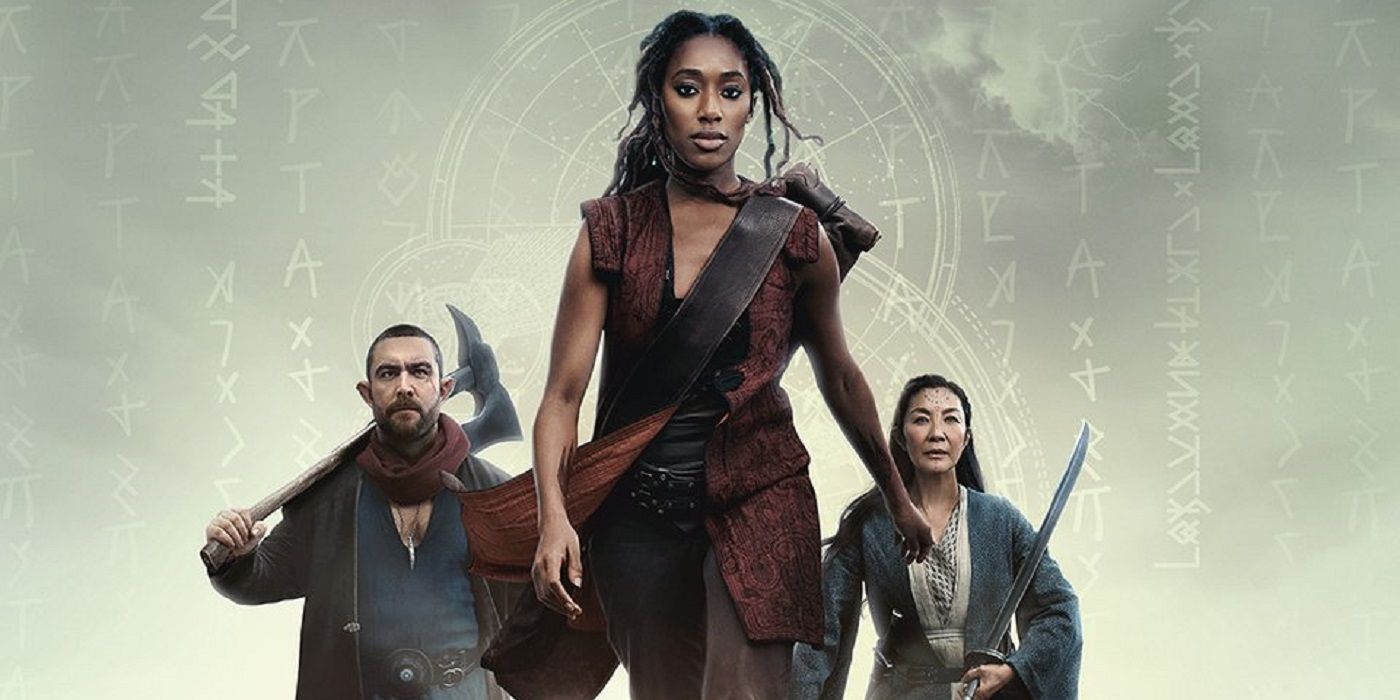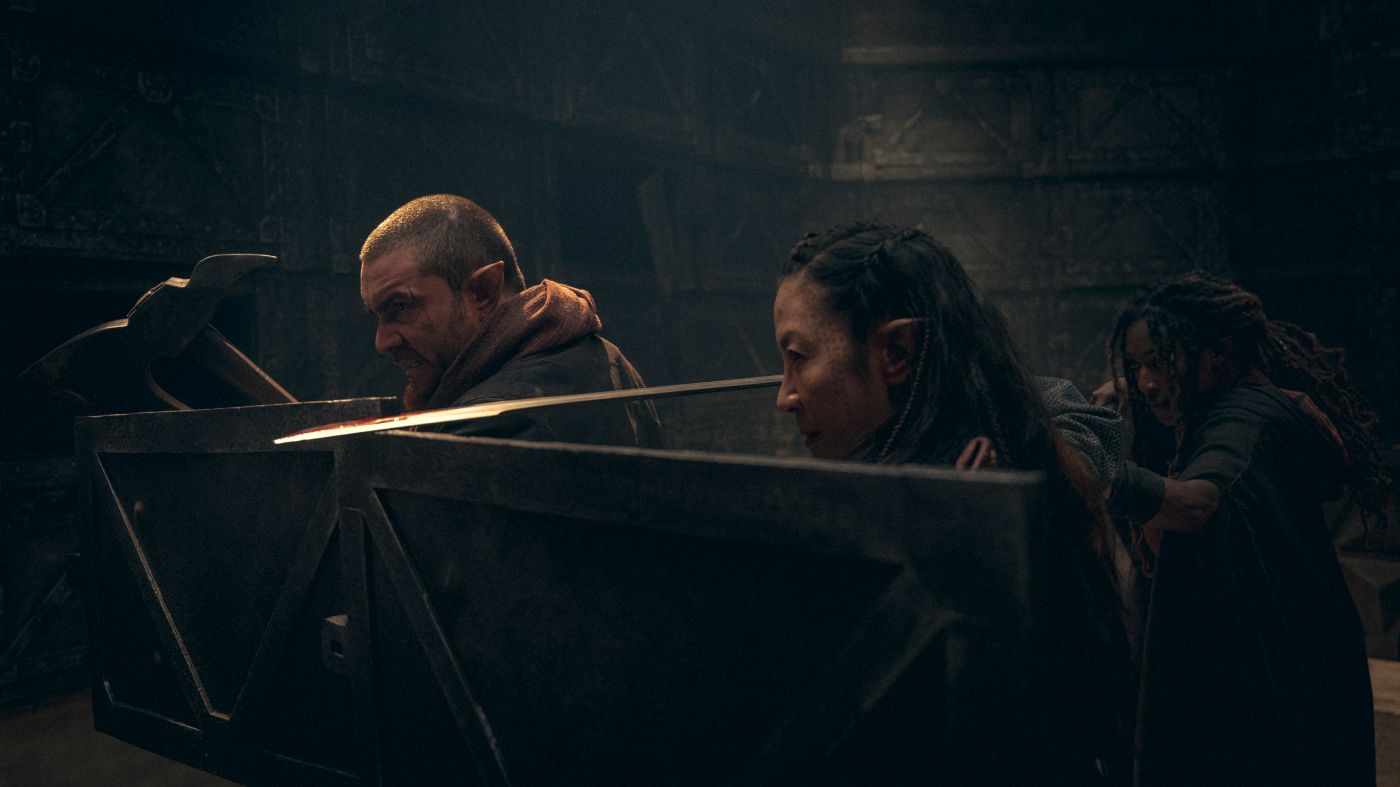[Editor's Note: The following contains spoilers for The Witcher: Blood Origin.]The Witcher: Blood Origin showrunner Declan De Barra explained how they came up with a brand-new origin story for the Monoliths, which are the huge stone pillars that also play a huge part in The Witcher's main story. During an exclusive interview with Collider’s own Steven Weintraub, De Barra also reflected on expanding the Dwarven mythology of the universe.
The Monoliths play a crucial part in Season 2 of The Witcher, as Geralt of Rivia (Henry Cavill) and Ciri (Freya Allan) discover these stone pillars are opening gateways and letting monsters come into their world. The Monoliths are also at the center of Blood Origin, as they become the tools used to build the tyrannical Golden Empire. However, even though the Monoliths will still be around in Season 3 and maybe other spinoff series, they so far didn’t have an official origin story. This changes in Blood Origins, where we find out Dwarves first buried them to fertilize the soil.
As De Barra told us, he just loved the idea of something initially used to create life becoming a weapon in a great war. And the Monolith’s origin is even more tragic because Syndrill (Zach Wyatt), the mage who discovered how to use the Monoliths to cross dimensions, conceived his spells in the name of science and exploration, not for conflict. In De Barra’s words:
“I just love the idea that it became very clear that they [Monoliths] were sacred and used as fertility for the land, and they were very important to the wars, of course. Then [the orcs took over], but this one very smart, I don't know what you'd call him, savant sage, who had these wild ideas that nobody believed in, thought he could use these and co-opt them, co-opt another culture's technology and use it to open portals out of worlds. The story kind of wrote itself once it sort of figured out that they were originally dwarven, and they were originally used for fertility on the land almost like on Easter Island.”
According to De Barra, he also wanted the Monoliths to be connected to Dwarven culture because the race is usually treated as a joke in most fantasy scenarios. But by making the Monoliths Dwarvish, Blood Origin intertwines the race’s technological advancements with the fate of the Continent. As De Barra explains it:
“It was kind of nice to be able to come up with these explanations, the origins of them [Monoliths], and how they fed into The Witcher world. What I love about them is that they’re dwarven, who are...sort of get short shrift, these are the guys who are always the butt of the fantasy joke, but they have this wonderful system.”
What Is The Witcher: Blood Origin About?
The Witcher: Blood Origin is set 1200 years before the main series and follows The Seven, warriors who band together to fight against the Golden Empire. The series also explores the Conjunction of the Spheres, a cataclysmic event where multiple dimensions merged and brought humans and monsters to the Continent. The series stars Laurence O’Fuarain as Fjall, Sophia Brown as Éile, and Michelle Yeoh as Scían.
The Witcher: Nightmare of the Wolf and the first two seasons of The Witcher are available right now on Netflix. The streaming platform will gift us The Witcher: Blood Origin for Christmas on December 25.


